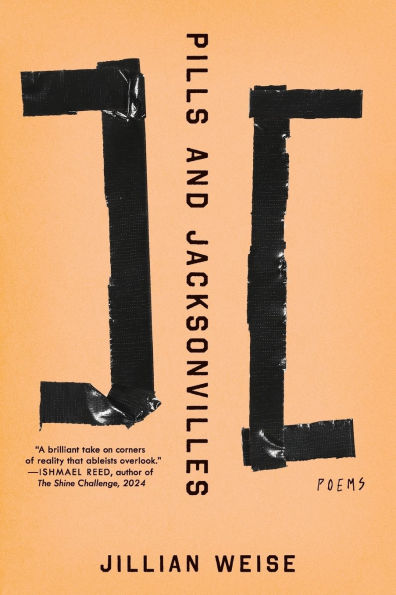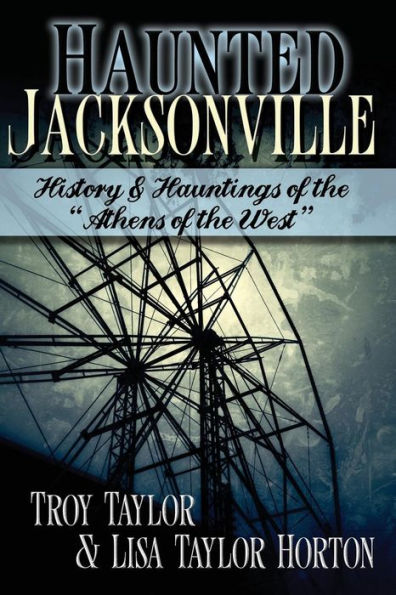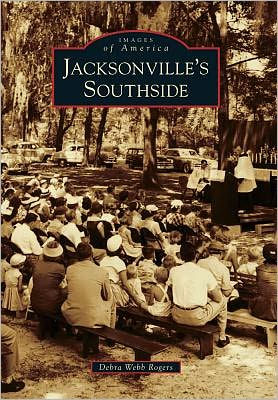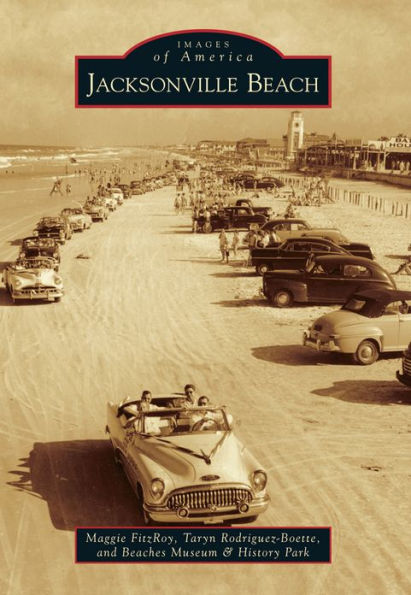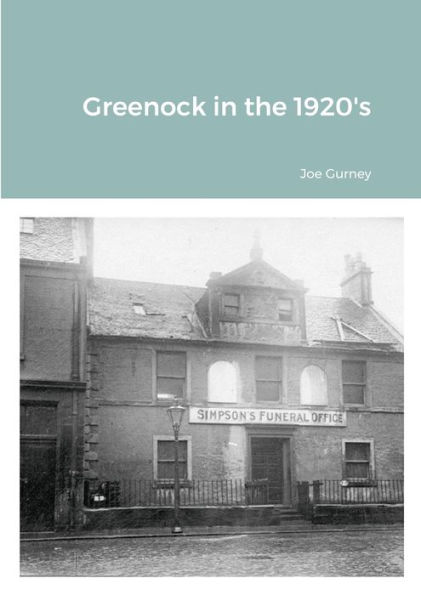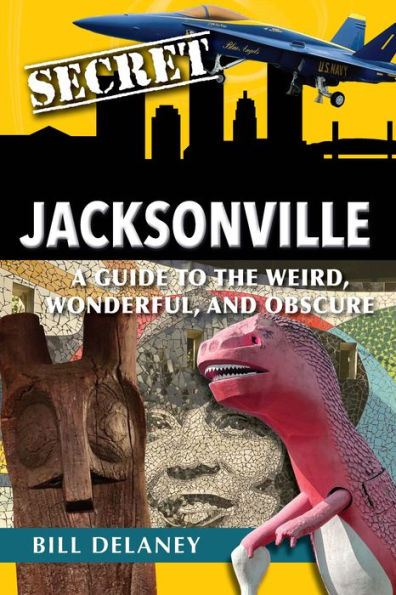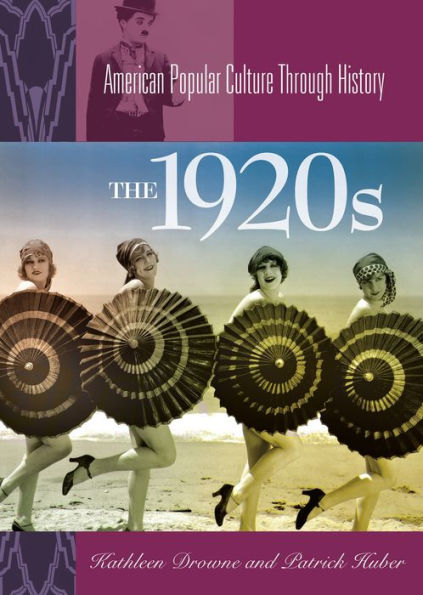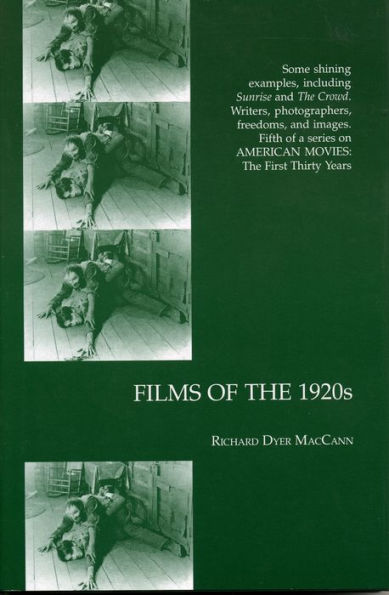Home
Jacksonville the 1920s
Barnes and Noble
Loading Inventory...
Jacksonville the 1920s
Current price: $40.99
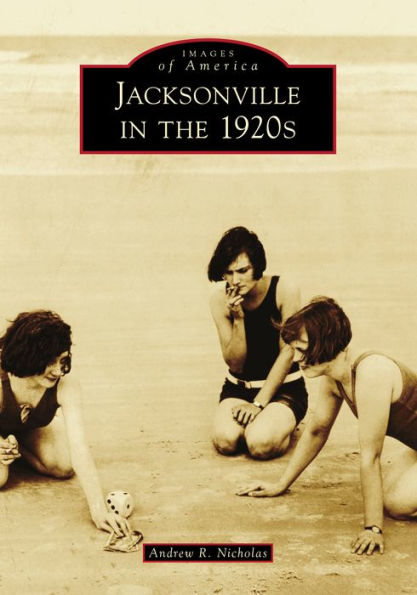
Barnes and Noble
Jacksonville the 1920s
Current price: $40.99
Loading Inventory...
Size: Hardcover
*Product information may vary - to confirm product availability, pricing, shipping and return information please contact Barnes and Noble
The Jacksonville architecture of the 1920s was a marvel as it dotted the glowing skyline—which could easily be seen across the St. Johns River at that time. Jacksonville in the 1920s shows a drastically different city compared to how it looks in the 2020s. Most of the early buildings have been demolished, although a few survive, including the Barnett, the Carling, and the Florida Theatre. Beyond the urban core of Jacksonville are the neighborhoods of Springfield, Riverside Avondale, San Marco, and San Jose, which all underwent drastic changes in the 1920s. The nearby beaches are intertwined with the city in that they not only represent the beauty of that metropolis, complete with its exuberant citizens, but one of those beaches, Pablo Beach, was renamed Jacksonville Beach in the 1920s. This was also the time of the Harlem Renaissance, which impacted the local Black community.
The Jacksonville architecture of the 1920s was a marvel as it dotted the glowing skyline—which could easily be seen across the St. Johns River at that time. Jacksonville in the 1920s shows a drastically different city compared to how it looks in the 2020s. Most of the early buildings have been demolished, although a few survive, including the Barnett, the Carling, and the Florida Theatre. Beyond the urban core of Jacksonville are the neighborhoods of Springfield, Riverside Avondale, San Marco, and San Jose, which all underwent drastic changes in the 1920s. The nearby beaches are intertwined with the city in that they not only represent the beauty of that metropolis, complete with its exuberant citizens, but one of those beaches, Pablo Beach, was renamed Jacksonville Beach in the 1920s. This was also the time of the Harlem Renaissance, which impacted the local Black community.
